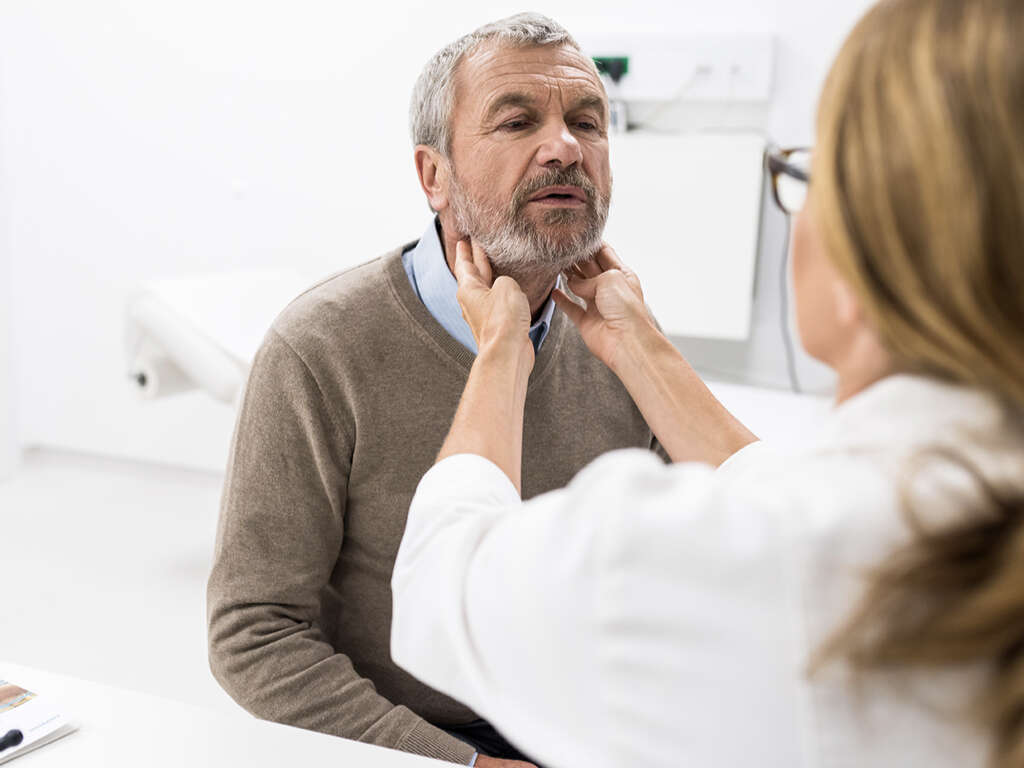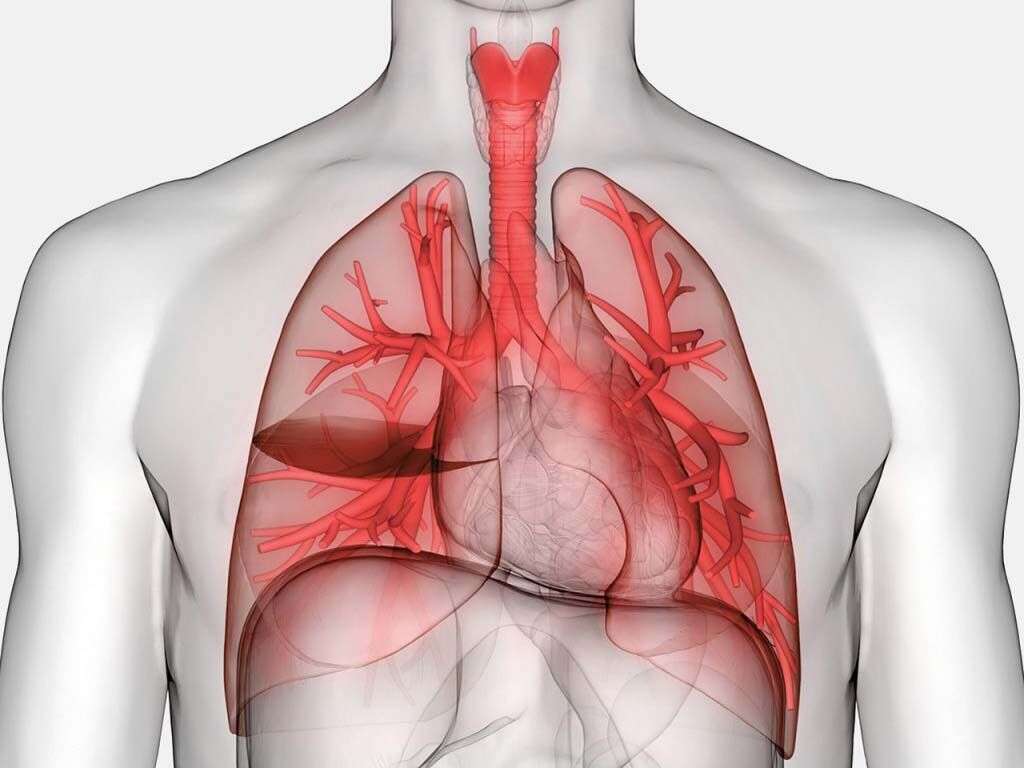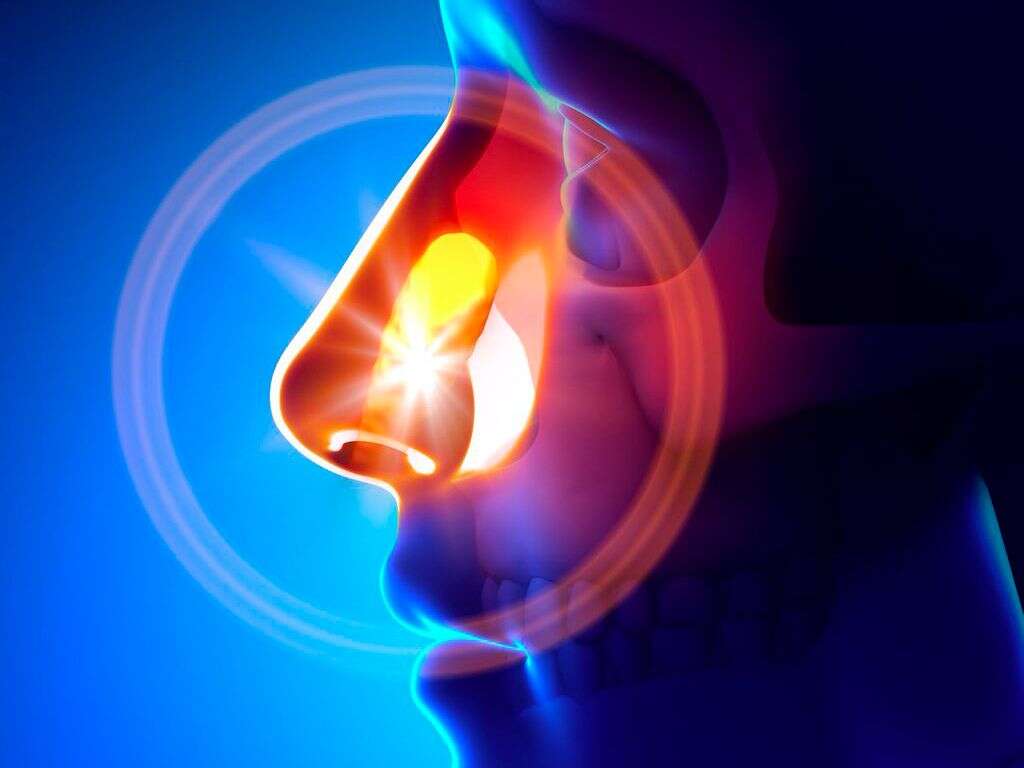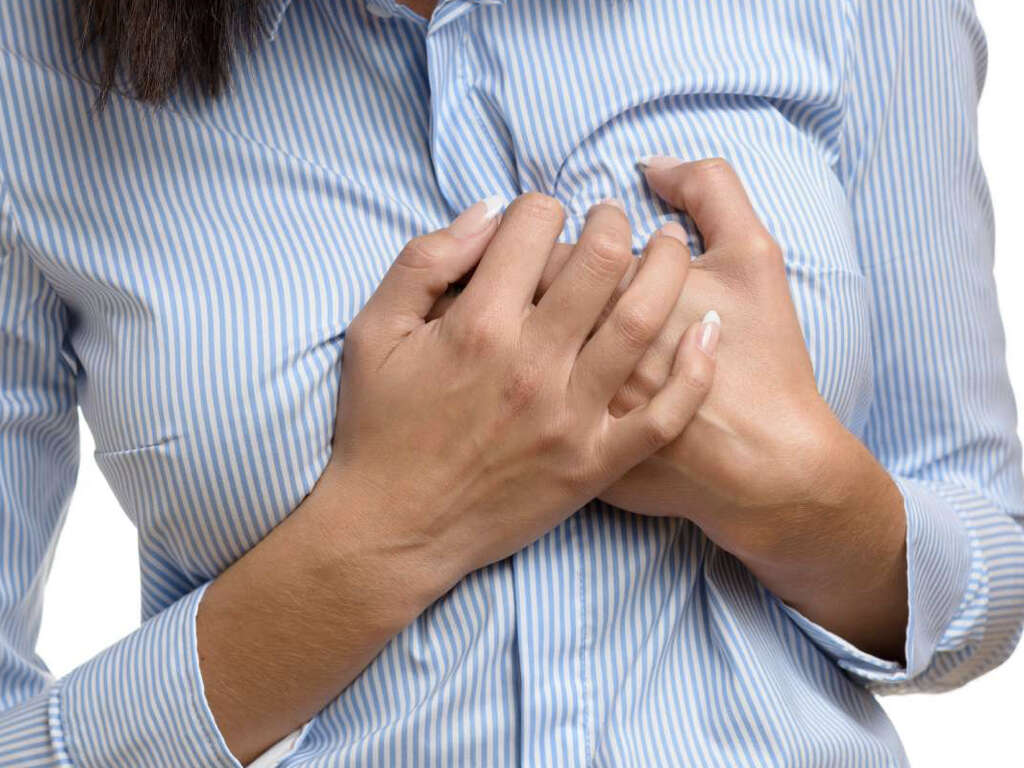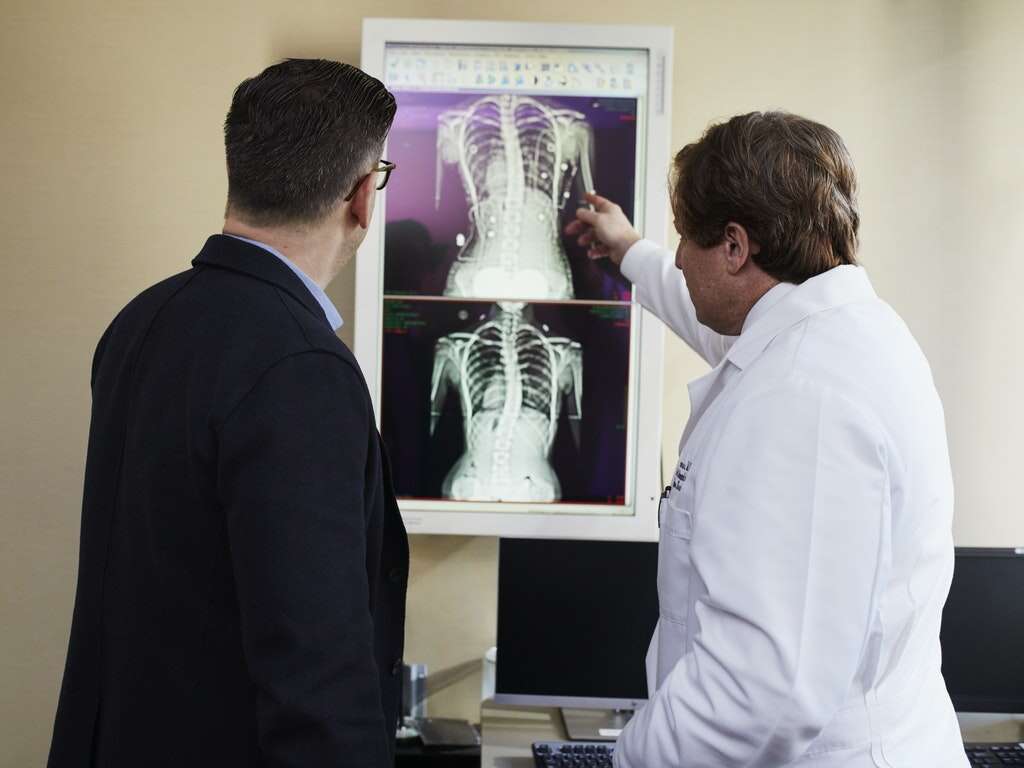What Is Acute Respiratory Distress Syndrome?
We get the oxygen that we need by absorbing it from the air around us. This process takes place in our lungs, and our lungs are made more efficient with the help of alveoli. Alveoli are tiny sacs that line our lungs, and their presence helps to increase the surface area of the lungs. This allows for more oxygen and carbon dioxide to be exchanged with each breath.
The alveoli have very thin walls that allow gases to pass through them. If something was to happen to the alveoli, the patient will have difficulty in exchanging gases. Acute respiratory distress syndrome is a condition where the alveoli fill with fluids, and it is extremely dangerous.
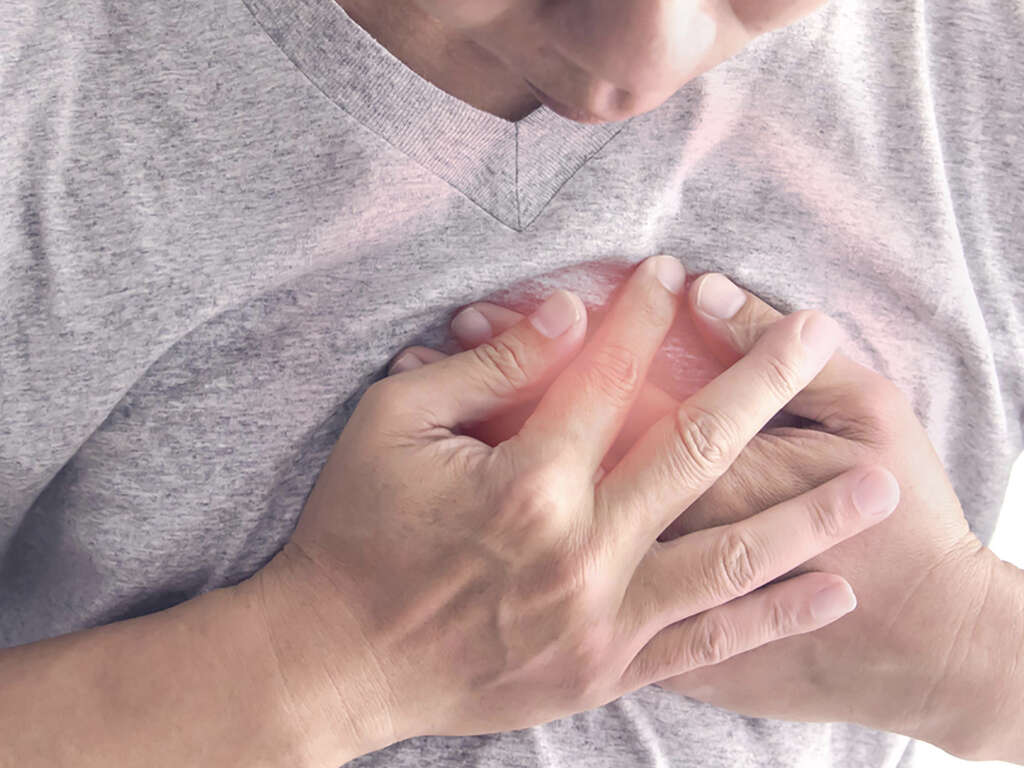
1. Overview
Certain factors can cause somebody’s alveoli to fill with fluid and, when this happens, the exchange of oxygen and carbon dioxide through the capillary walls cannot happen. This means that the patient’s oxygen levels will fall, and their carbon dioxide levels will rise. It is a very dangerous condition.
This is known as acute respiratory distress syndrome, and it usually happens in people that are already in a serious condition from injury or disease. It can take hours for it to get serious, or it can take days. Many patients who develop acute respiratory distress syndrome will die, and many that do survive will have suffered permanent damage.

2. Causes
ARDS happens when fluid leaks from blood vessels into the alveoli, and there are numerous reasons why this can happen. One of these is a serious injury to the chest area. Brain damage, which can affect the functioning of the lungs, is another potential cause. Inhaling substances that can cause damage to the lungs can also cause ARDS.
Other potential causes are pancreatitis and large-scale blood transfusions. Sepsis, which is an infection of the bloodstream, is the most common cause of the condition. Severe cases of pneumonia are another potential cause, and people with COVID-19 are also prone to developing acute respiratory distress syndrome.
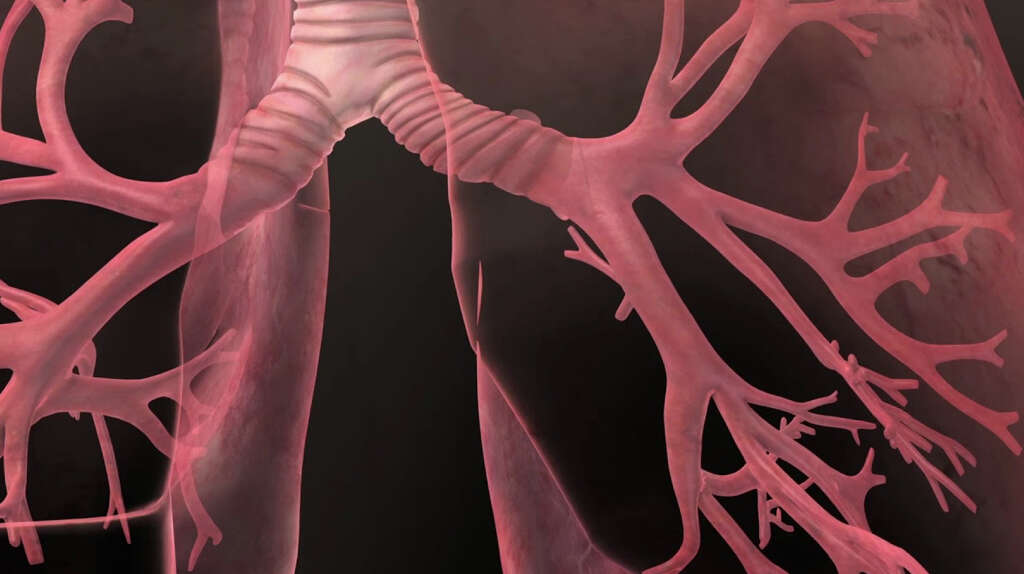
3. Symptoms
Which symptoms the patient experiences, and their severity, will vary from case to case. It will be down to factors such as the underlying cause and just how severe the underlying cause is. The most typical symptom of the condition is that the patient will be feeling very short of breath.
In trying to regain their breath, the patient’s breathing is likely to be more rapid than usual, and it can also be very labored. They will have a low blood pressure, and a lack of oxygen can cause them to feel very tired. The condition will also often cause the patient to become confused more easily than usual.

4. Whose at Risk
Anybody can have an accident so severe that is can result in ARDS, making it is all but impossible to make ourselves completely safe. However, people that take part in certain sports and other activities put themselves in a higher risk category. People that work around certain chemicals should be careful not to inhale them.
People that have sepsis should also be monitored closely for ARDS, and other potential complications of the condition. Other people that are at a higher than usual risk of ARDS are people that heavily abuse alcohol. The latter are also more likely to die from the condition.

5. Pneumothorax
People that have ARDS are already likely to be in a serious condition and, thus, already receiving attention in hospital. It will often be deemed necessary to put the patient on a ventilator, and this can cause other problems. If the pressure from the ventilator is too high, it can result in a collapsed lung, which is known as pneumothorax.
The use of a ventilator will also increase the risk of an infection, and an infection can cause even more damage to the lungs. A serious lung infection might also spread to other parts of the body where it can also cause severe damage.

6. Pulmonary Fibrosis
Acute respiratory distress syndrome can cause considerable damage to the lung’s delicate tissues. When these tissues eventually heal, a scar will be left behind, making the tissue thicker and tougher than before. This will make it even harder for the patient to breath because the lungs will not be able to work as well as they should. This is a condition that is known as pulmonary fibrosis.
Pulmonary fibrosis is a permanent condition, meaning that many survivors of acute respiratory distress syndrome will have breathing difficulties for the rest of their lives. The extent of their breathing difficulties can range from being a little uncomfortable, to being downright debilitating.
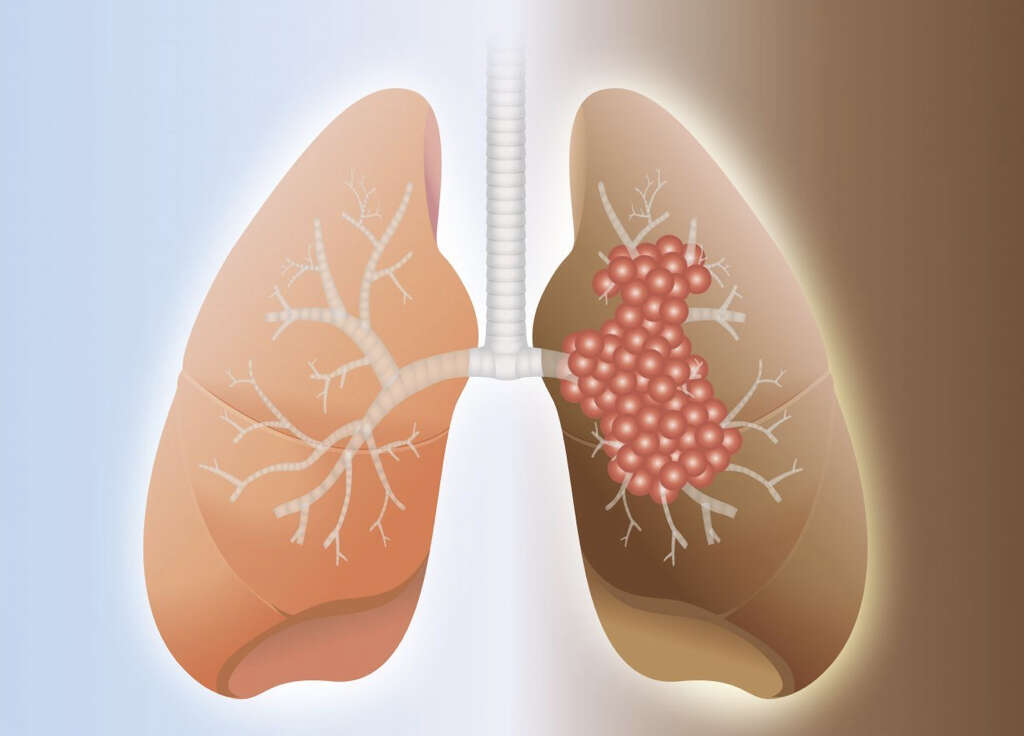
7. Blood Clots
As mentioned, patients with ARDS are likely to be placed on a ventilator. This will mean that they are spending long periods of time motionless, and this can cause further complications. For example, the lack of movement can cause blood to slow down in certain areas, and this can cause blood clots.
A blood clot can prevent the blood from flowing to certain areas of the body. It can also break away and travel through the patient’s system until it becomes stuck and blocks the flow of blood to the lungs. This is known as a pulmonary embolism, and it is itself a life-threatening condition.

8. Cognitive Loss
Our brains need a lot of oxygen to keep them fully functional. With less oxygen flowing through the body, the brain does not get what it needs, and the patient begins to lose their cognitive abilities. The damage caused to the brain by the lack of oxygen will be permanent in some cases.
However, therapy will often help patients to make a partial recovery in that regard. It is also common for survivors of ARDS to suffer from depression, which can also have extremely serious complications. Most cases of depression that stem from having ARDS can be treated, but it should still be taken very seriously.
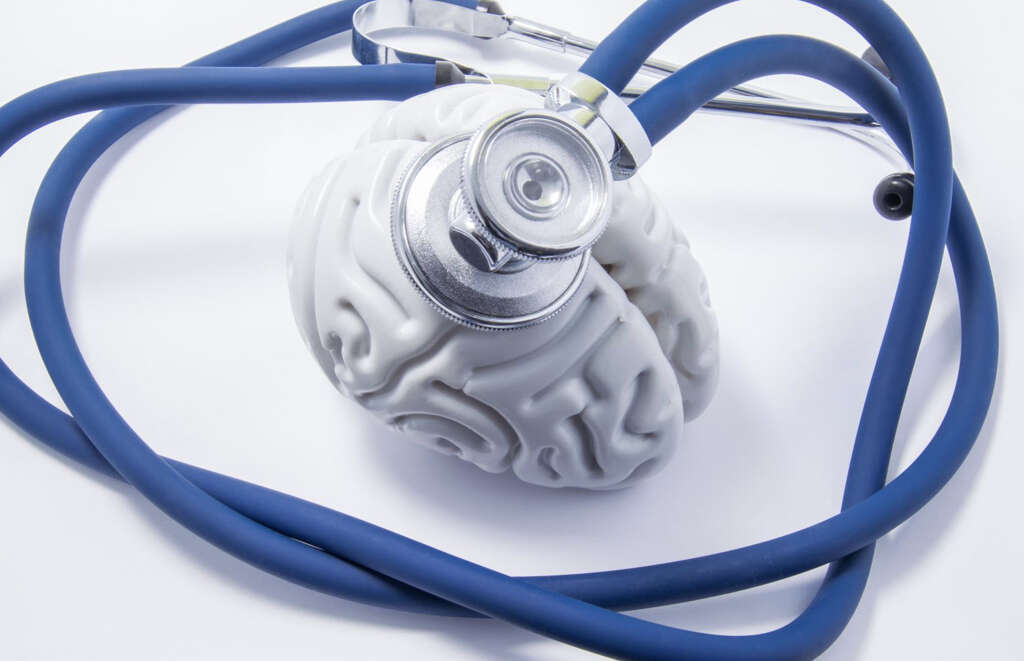
9. Diagnosis
Diagnosis of acute respiratory distress syndrome can be achieved with help from a number of tests. It is also necessary to rule out other potential causes of the patient’s symptoms in some cases. Tests will typically involve a blood test that can be used to help check oxygen levels in the patient’s blood.
An X-ray can also be used and this will help to look for fluid on the lungs, helping to assess the extent of the condition. A CT scan can also help provide experts with images of the lungs, and an analysis of fluid from the airways can help identify any infections that might be present. Some test may also be performed to help evaluate the health of the heart.

10. Treatment
A patient with ARDS is going to be in urgent need of oxygen. In many cases, they will be given an oxygen mask to help compensate. In the majority of cases, the patient will need to be put on a ventilator to help provide their bodies with oxygen, and to remove carbon dioxide.
People that are on a ventilator will need to be heavily sedated. They will also need medication that will help to treat any infections, and they will also need medication that will help to prevent their blood from clotting. Many of those that do survive will need to make sweeping lifestyle changes, one of which is to stop smoking.






